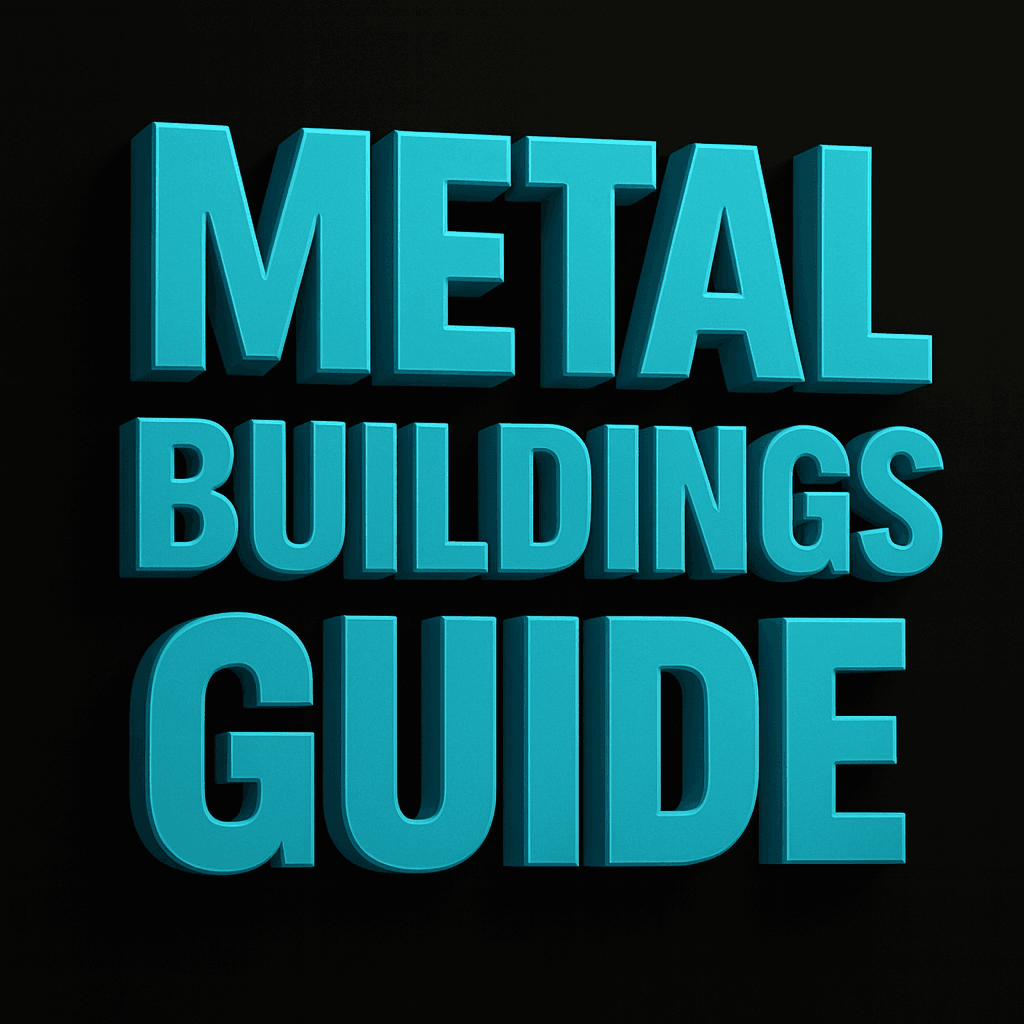Open-Bay vs Enclosed
Roof-only sheds and three-sided barns speed access for tractors and hay. Enclosed shells add security and weather protection.
Open-bay and enclosed steel barns for equipment, livestock, and feed. Choose cold-formed for lean, fast installs or red iron for larger spans, tall eaves, and heavy-duty use.
Roof-only sheds and three-sided barns speed access for tractors and hay. Enclosed shells add security and weather protection.
Ridge vents, cupolas, and wall louvers improve airflow; skylights and translucent panels add natural light and reduce energy use.
Use galvanized or coated panels near manure or coastal air. Fasteners and trims should match for long-term corrosion resistance.
Size openings for combines, tractors, and trailers. Plan tall eaves and wide bays to maneuver equipment safely.
40×60 • 50×80 • 60×120. Extend in 10–20′ bays; consider clear bays at access sides for turning equipment.
Eave height 14–20′+. Openings 12×14 to 16×16+ for tractors/RVs. Add sliding or roll-up doors where needed.
Wind, snow, and seismic per jurisdiction. Check drift loads for roof-only canopies and corrosion allowances for finishes.
Always verify local loads and agricultural occupancy requirements. Corrosion exposure and door wind ratings vary by region and use.
